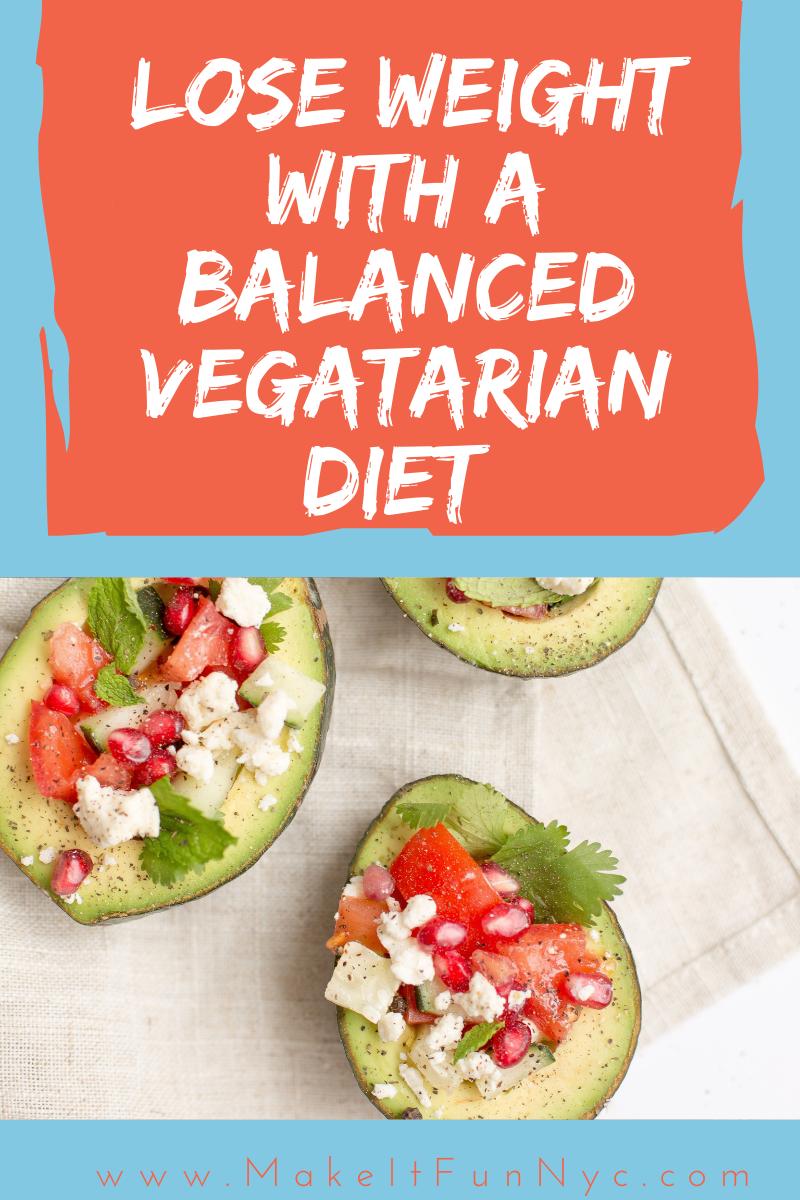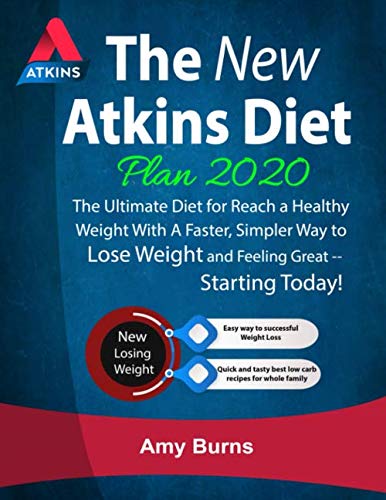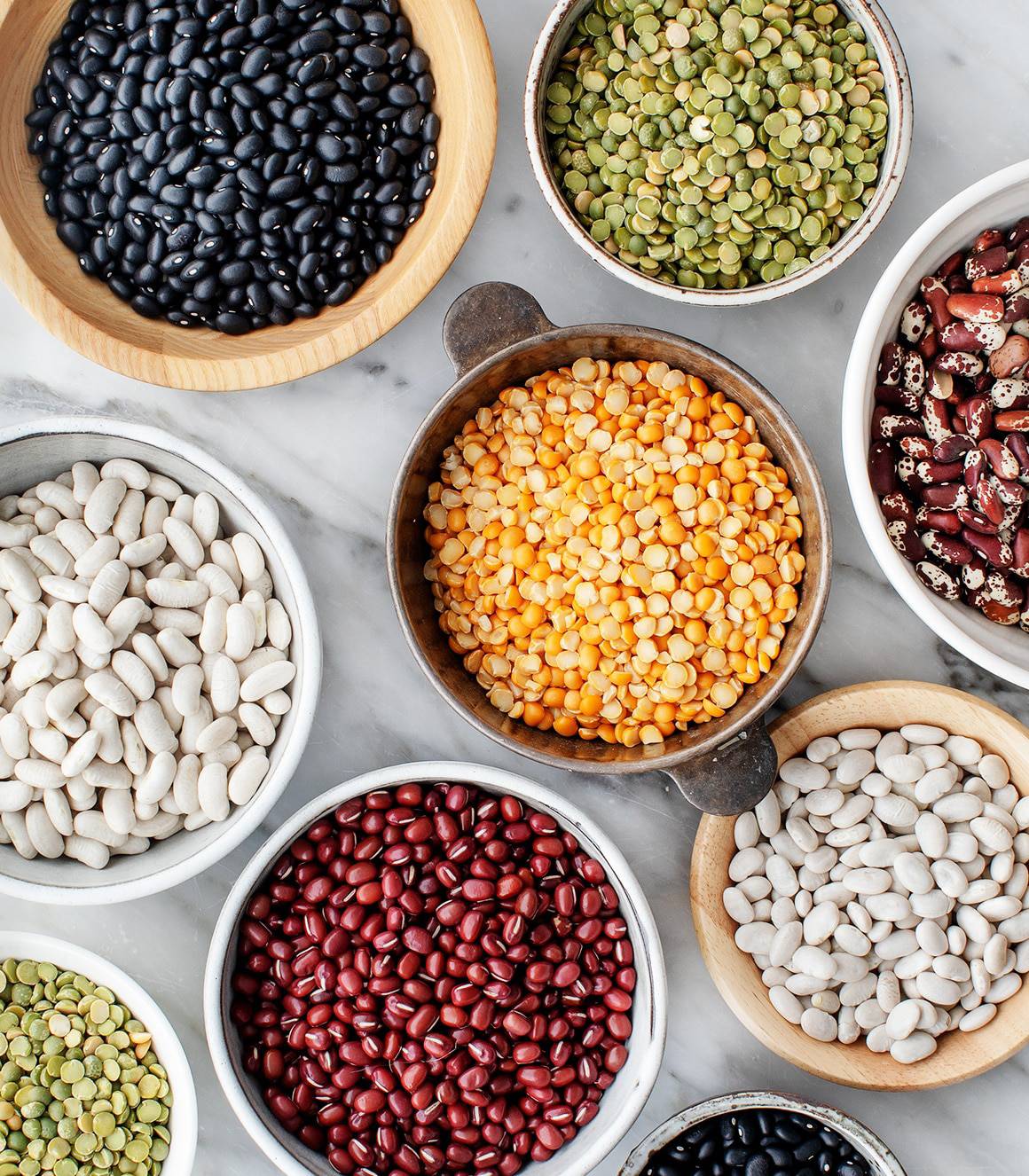
You can reduce fat, sodium, and calories by using heart-healthy cooking. You can easily make small changes to your favorite recipes that won't affect the flavor. It is possible to use different oils and spices in your cooking to create a variety and enjoyment that will make your meals even more delicious. Here are some easy tips to make your cooking healthier. These simple tips will help lower your cholesterol, sodium, or calories without sacrificing taste.
Cooking with healthier ingredients can help you add vegetables and fruits to your meals. Another great way to lower your risk for heart disease is by adding dried fruit like raisins and Cranberries. Ensure that you include them in your daily meal plan. Choosing a variety of different fruits and vegetables will also keep your portions in check and improve your health. These snacks are great for snacking or as a main meal.

Replacing ingredients with lower-calorie alternatives is one of the best ways to reduce your intake of cholesterol and fat. Low-fat cottage cheese and yogurt can be substituted for sour cream. Alternately, you can use shortening with olive or canola fat. You can substitute canned vegetables for fresh or frozen vegetables, and bananas can be used as a substitute for sugar in baked goods. If you're concerned about how much fat you should consume, you can opt for low-fat ground beef, which has about fifteen percent fat. Look for meats with 15% or less fat if your goal is to increase protein. Consider ground turkey with the skin removed, or lean meats containing lower fat.
Avocado oil can also used to make vegetables and fruits. The pressed fruit of the avocado has fatty acids that can change the fatty acids in the tissues surrounding the heart. This can help to prevent hardening and decrease the risk of heart disease. Avocado oil can be incorporated into your cooking and will give you delicious, delicious meals. This delicious and healthy ingredient can also be used in your cooking.
Coconut oil is a good alternative to all oils. Avocado oil can be used to cook with olive oil. It's rich in essential fatty oils and can help to reduce the likelihood of your arteries becoming hardened. Avocado is the best ingredient to use when you are trying to incorporate avocado into a healthy diet. You will feel better long term and you'll be glad that you did. There are many great ideas for heart-healthy cooking that you can try.

The most important thing to remember when cooking with olive oil is that it's high in fiber and low in saturated fat. This is why it's best to not fry fish. Fry fish can be tasty, but it will cause Omega-3 deficiency. Vegetable oil can be used to make your meals more delicious and healthier. Use olive or sunflower oils for best results in your cooking. You should remember to reduce the amount of saturated fat when you cook with olive or sunflower oils.
FAQ
What are the 7 tips to have a healthy life?
-
Eat right
-
Exercise regularly
-
Sleep well
-
Get plenty of water.
-
Get enough rest
-
Be happy
-
Smile often
What are 10 healthy behaviors?
-
Eat breakfast every day.
-
Don't skip meals.
-
Be balanced.
-
Get plenty of water.
-
Take good care of your body.
-
Get enough sleep.
-
Avoid junk food.
-
Get at least one form of exercise each day.
-
Have fun
-
Make new friends.
Do I need to count calories
You might be asking "What is the best diet?" or "is counting calories necessary?" It depends on many factors such as your current health, personal goals, preferences, and overall lifestyle.
The Best Diet For Me: Which One Is Right?
My current health status, personal goals, preferences, and overall lifestyle all play a role in choosing the right diet. There are many options, both good and bad. Some diets work for some people, while others are not. So what should I do? What can I do to make the right decision?
This article aims at answering these questions. The article starts by introducing the many types of diets currently available. The pros and cons of each diet are then discussed. Finally, we'll discuss which one is best.
To begin, let's take a quick look at the different types of diets.
Diet Types
There are three main types. Low fat, high proteins, and ketogenic. Let's look at each one briefly.
Low Fat Diets
A low-fat diet reduces the amount of fats you eat. This is done by reducing your intake of saturated oils (butter, cream cheeses, etc.). They are replaced by unsaturated fats such as avocados, olive oil, and cream cheese. For those looking to lose weight quickly, a low-fat diet is often recommended. This kind of diet could cause problems like constipation or heartburn and indigestion. It can also lead to vitamin deficiencies, if someone doesn't get enough vitamins in their food.
High Protein Diets
High protein diets restrict carbohydrates in favor of proteins. These diets have higher protein levels than other diets. These diets are intended to increase muscle mass and reduce calories. However, they might not provide enough nutrition for those who need to eat frequently. They are also very restrictive, so they might not be appropriate for everyone.
Ketogenic Diets
The keto diet is also known as the keto diet. They are high in fat and moderate in protein and carbs. They are commonly used by athletes and bodybuilders, as they allow them train harder and more frequently without getting tired. To avoid side effects such as fatigue, nausea, headaches, or other unpleasant side effects, you must strictly adhere to their instructions.
Is being cold bad for your immune system?
Cold can make you less immune to infection because your body makes fewer white blood cells, which are essential for fighting infections. Cold can also make you feel better as your body releases endorphins to your brain, which reduce pain.
Statistics
- WHO recommends reducing saturated fats to less than 10% of total energy intake; reducing trans-fats to less than 1% of total energy intake; and replacing both saturated fats and trans-fats to unsaturated fats. (who.int)
- This article received 11 testimonials and 86% of readers who voted found it helpful, earning it our reader-approved status. (wikihow.com)
- According to the Physical Activity Guidelines for Americans, we should strive for at least 150 minutes of moderate intensity activity each week (54Trusted Source Smoking, harmful use of drugs, and alcohol abuse can all seriously negatively affect your health. (healthline.com)
- nutrients.[17]X Research sourceWhole grains to try include: 100% whole wheat pasta and bread, brown rice, whole grain oats, farro, millet, quinoa, and barley. (wikihow.com)
External Links
How To
27 Steps to a healthy life when your family eats only junk food
The most common way to eat healthy is to cook at home. This is difficult for people who don't know how to cook healthy meals. This article will help you make healthier choices while dining out.
-
Look for restaurants that offer healthy choices.
-
Before you order any meat dishes, make sure to order salads or vegetables.
-
Ask for sauces that aren't sweetened.
-
Avoid fried foods.
-
Ask for grilled meats, not fried.
-
If you don't really need dessert, do not order it.
-
You should always have something to eat after your dinner.
-
Take your time and chew slowly.
-
Eat water.
-
Don't skip breakfast and lunch.
-
Include fruit and vegetables with every meal.
-
Drink milk rather than soda.
-
Sugary drinks should be avoided.
-
Reduce the salt content of your diet.
-
Try to limit the number of times you go to fast food restaurants.
-
Ask someone to join you if you cannot resist temptation.
-
You should not allow your kids to watch too many TV programs.
-
When you are eating, keep the television off.
-
Do not drink energy drinks.
-
Take frequent breaks from your job.
-
Get up early and go for a run.
-
Move every day.
-
Start small and build up gradually.
-
Set realistic goals.
-
Be patient.
-
Find time to exercise even if you don't feel like it.
-
Positive thinking is important.